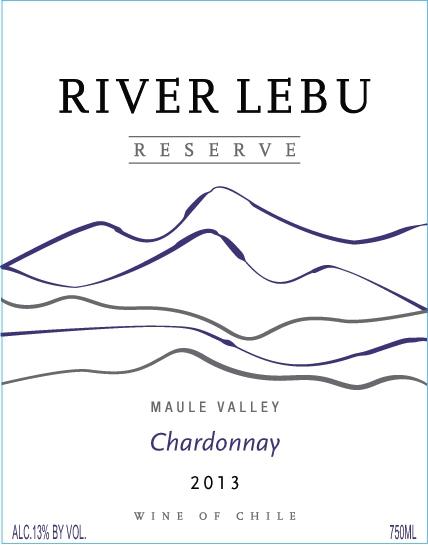2013 Maule Valley Chardonnay
The River Lebu Reserve is a captivating Chardonnay from the beautiful Maule Valley, crafted in the acclaimed 2013 vintage. This white wine elegantly presents a medium-bodied profile, striking a perfect balance between its lively acidity and the fruit intensity that gracefully unfolds on the palate. With delightful notes of ripe stone fruits, complemented by subtle hints of citrus, this expressive Chardonnay showcases the region's terroir beautifully. Its charming dryness adds a refreshing touch, making it an ideal companion for a variety of dishes, from seafood to creamy pasta. The well-structured nature of this wine ensures a delightful experience from the first sip to the last, inviting you to savor its intricate layers of flavor.
The River Lebu Reserve is a captivating Chardonnay from the beautiful Maule Valley, crafted in the acclaimed 2013 vintage. This white wine elegantly presents a medium-bodied profile, striking a perfect balance between its lively acidity and the fruit intensity that gracefully unfolds on the palate. With delightful notes of ripe stone fruits, complemented by subtle hints of citrus, this expressive Chardonnay showcases the region's terroir beautifully. Its charming dryness adds a refreshing touch, making it an ideal companion for a variety of dishes, from seafood to creamy pasta. The well-structured nature of this wine ensures a delightful experience from the first sip to the last, inviting you to savor its intricate layers of flavor.




